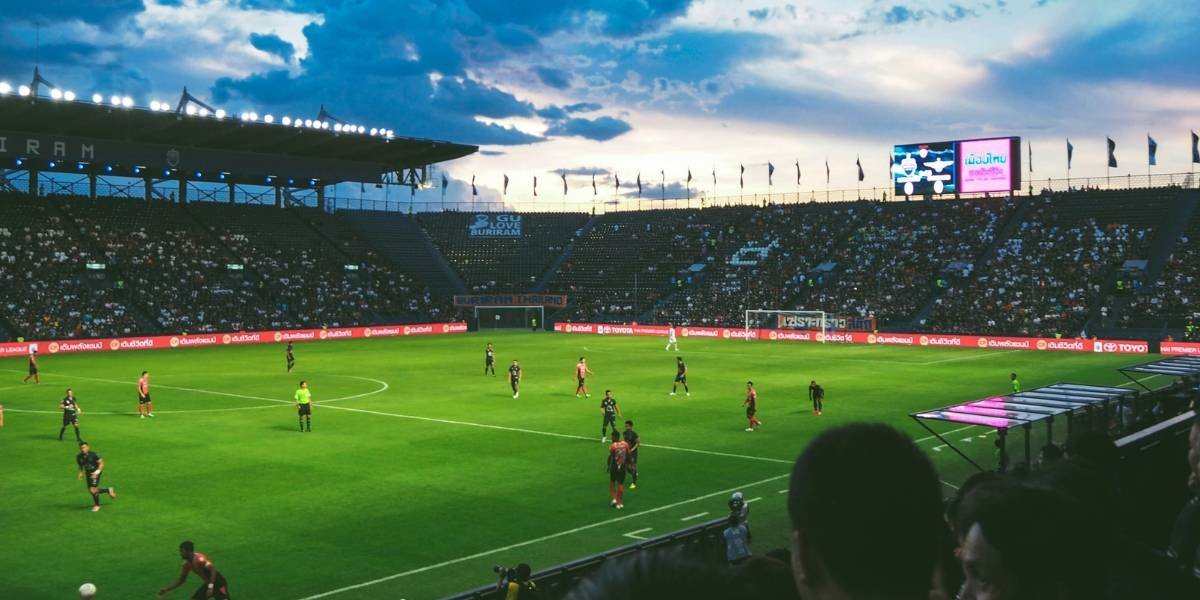By: Adam Smith
Access to clear vision remains an underappreciated yet vital element of our general well-being. Across underserved communities in the U.S., countless individuals—especially children and the elderly—live with vision problems that go untreated due to financial, geographic, and informational barriers.
Despite these challenges, a growing movement led by Dr. Randall G. Melchert OD is working to close the gap through mobile clinics, digital tools, and locally driven initiatives. These efforts are transforming lives by restoring not only vision but also confidence and opportunity. Through collective action and community engagement, the tide is beginning to shift toward a future where clear sight is accessible to all, regardless of background or income.
The Current Crisis in Underserved Areas
In many underserved communities across the United States, clearer vision remains out of reach for millions of people. Limited access to eye exams, prescription glasses, and follow-up care has created a gap in health services that disproportionately affects low-income families and rural populations.
Studies show that uncorrected refractive errors are a leading cause of visual impairment, yet many go untreated due to cost and access issues. In areas without nearby clinics or optometrists, even basic vision screenings can be rare. Outreach programs are often sporadic and unable to meet the demand.
Some children struggle in school simply because they can’t see the board clearly. Without proper vision correction, daily tasks become harder, leading to long-term disadvantages in education and employment.
Common Obstacles to Receiving Eye Care
Accessing vision care is often a challenge shaped by more than geography. In many low-income neighborhoods and remote towns, economic constraints make regular eye exams and prescription eyewear a luxury rather than a standard part of healthcare. Without insurance or affordable services, families are forced to prioritize other urgent needs over eye health.
In rural areas, the nearest eye clinic might be hours away, and public transportation is limited or nonexistent. These logistical challenges discourage people from seeking help until their vision problems become severe. Language barriers and a lack of culturally sensitive outreach also reduce the likelihood of early detection and treatment. Even the availability of appointment times during non-working hours can become a major obstacle.
In urban settings, awareness plays a role. Some individuals simply don’t realize their vision is impaired or that help is available. Without proactive education and community engagement, vision issues remain invisible until they cause damage. Early intervention is often the difference between a temporary setback and a lifelong impairment.
Practical, Localized Solutions
To bridge the gap, communities are embracing innovative approaches tailored to local needs. Pop-up clinics held at schools or community centers bring eye care directly to the people who need it most. These events often include basic screenings, on-site prescription services, and even free or low-cost glasses.
Tele-optometry is becoming a powerful tool in reaching underserved areas. Through digital platforms, eye care professionals can assess vision remotely, cutting down travel time and expanding access. In places where professional services remain scarce, trained volunteers or community health workers help identify those in need and connect them to appropriate resources.
Some organizations have also partnered with local businesses to distribute affordable glasses or repurpose donated frames. These grassroots efforts, shaped by the realities of each community, are helping to restore sight and confidence one person at a time. The flexibility of such programs allows them to adjust and adapt.
Groups Leading the Effort
Across the country, a variety of organizations are stepping up to address the vision gap. From grassroots nonprofits to national initiatives, these groups are developing creative ways to provide eye care to communities often overlooked by the traditional healthcare system.
One mobile clinic program travels to schools in rural districts, offering comprehensive eye exams and dispensing glasses on the spot. In just a few hours, a child who has struggled to read the board for months walks away with clear vision and renewed confidence. Other initiatives focus on training local volunteers who can conduct screenings and educate residents on the importance of eye health, allowing solutions to grow from within the community itself.
The Broader Impact
Vision correction does more than sharpen eyesight—it changes lives. Children who receive glasses often see rapid improvements in academic performance, as their ability to focus and engage in class dramatically improves. Adults, too, benefit through better job prospects. The ripple effect of restored vision can uplift entire households.
Untreated vision problems can contribute to social isolation, reduced income, and even mental health issues. In older populations, poor eyesight raises the risk of falls and injuries. By addressing these issues early, communities not only improve individual health but also strengthen their social and economic fabric.
Taking Action and Getting Involved
Everyone has a role to play in closing the vision care gap. Whether it’s supporting a local vision initiative, advocating for policy changes, or simply encouraging a neighbor to get an eye exam, small actions can lead to widespread impact. Community leaders can be powerful catalysts for change.
Schools, libraries, and workplaces can help by hosting vision screenings or sharing resources about affordable care options. Raising awareness through social media or community events can also spark change. When people see the value and how attainable it can be, they’re more likely to take the first step—and help others do the same.
Disclaimer: The content provided is for informational purposes only and should not be construed as medical advice. Always consult a healthcare professional for guidance regarding your individual health needs.








